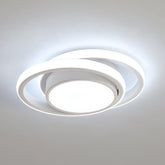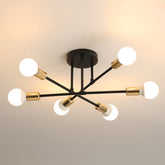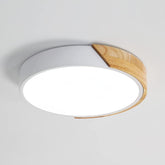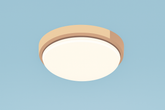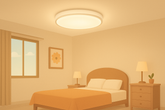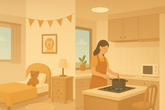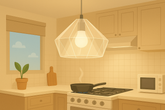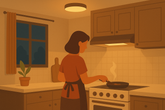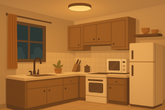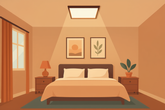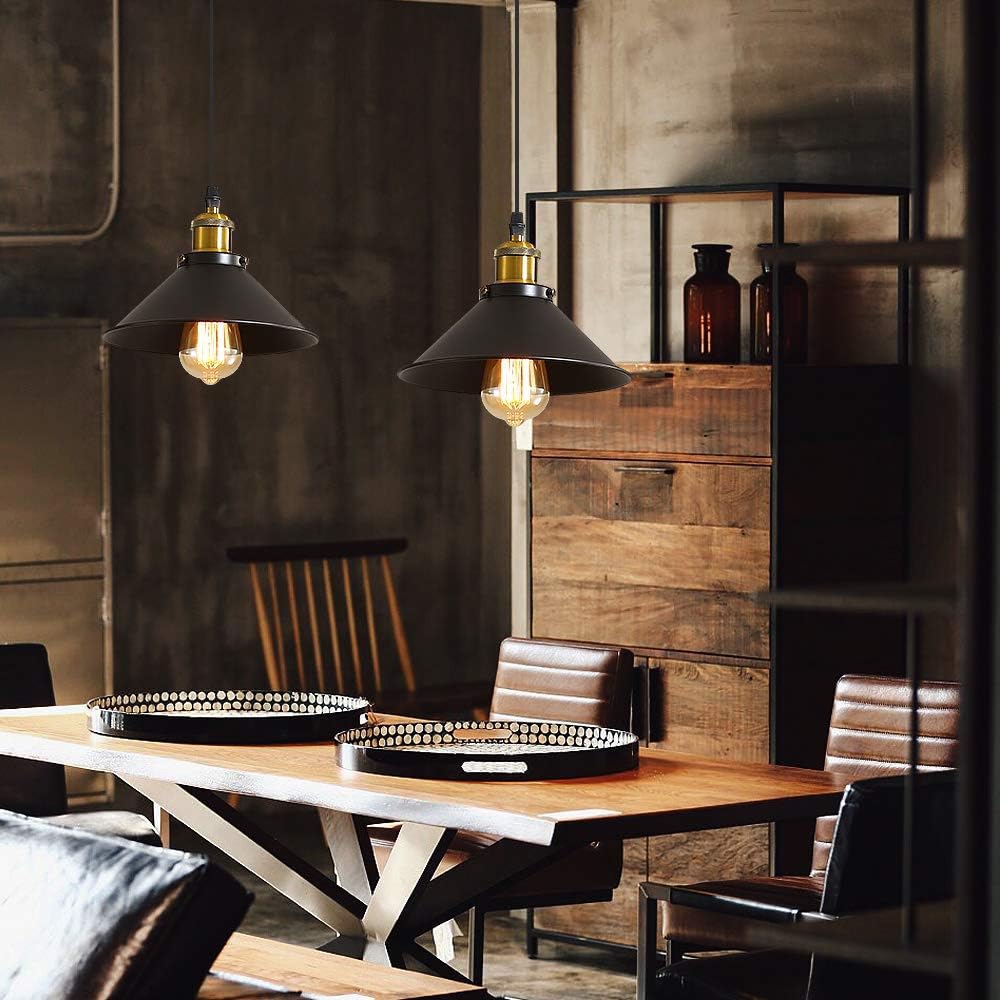Layered Lighting Design: Balance Function and Atmosphere with Professional Indoor Lighting
💡 Layered Lighting: Harmonizing Aesthetics and Functionality in Interior Design
In architecture and interior design, lighting is more than visibility—it's a tool for creating emotion, guiding activity, and elevating spatial experience. Layered lighting, a structured lighting design approach, integrates multiple light sources to enhance brightness, focus, and ambiance across different zones. In this article, we explore its theory, techniques, applications, and emerging trends.
📚 1. The Core Theory: The Three Layers of Light
Layered lighting is based on human visual perception and breaks down lighting into three synergistic categories: ambient lighting, task lighting, and accent lighting. These layers work together dynamically through brightness, color temperature, and direction.
a. Ambient Lighting – The Foundation
- Definition: Provides uniform, glare-free illumination for general visibility.
- Tech Notes:
- Even light distribution (variation ≤15%)
- Anti-glare design: recessed fixtures, diffused materials
- Fixtures: Ceiling lights, recessed downlights, hidden LED strips
- Use cases: Living rooms, offices, hallways
b. Task Lighting – Visual Focus & Efficiency
- Definition: Concentrated lighting for specific tasks or visual emphasis
- Tech Notes:
- 3–5× the brightness of ambient light for clear visual guidance
- Beam angles: narrow (15°–30°) for art; wide (60°–90°) for workspaces
- Fixtures: Track lights, desk lamps, wall-mounted spotlights
- Use cases: Dining areas, reading desks, museum displays
c. Accent Lighting – Mood & Aesthetic Expression
- Definition: Non-functional, decorative lighting that enhances emotion and style
- Tech Notes:
- Warm white (2700–3000K) for coziness; cool white (5000K+) for modernity
- Indirect lighting via cove lights, strips, backlit elements
- Fixtures: LED strips, artistic floor lamps, wall sconces
- Use cases: Bedrooms, dining rooms, brand-oriented retail spaces
⚙️ 2. Design Rules & Technical Considerations
a. Dynamic Balance Principle
Recommended brightness ratio:
Accent : Ambient : Task = 1 : 3 : 9
Example: Bedroom – 50 lux (accent) + 150 lux (ambient) + 450 lux (reading light) ensures a gentle brightness gradient.
Color Temperature Harmony: Limit difference to ≤500K to avoid visual discomfort.
b. Spatial Adaptation
- Ceiling Height:
- Above 3m: Use pendant or downward-focused fixtures
- Below 2.5m: Use flush-mount lights and hidden strips to reduce pressure
- Wall Reflectance:
- Dark walls (<30% reflectance): increase ambient brightness
- Light walls (>60% reflectance): reduce overall light output by ~20%
c. Smart Lighting Integration
- Scene Modes:
- “Work Mode”: 600 lux ambient + 1000 lux task at 5000K
- “Movie Mode”: Only accent lighting at 50 lux; all others off
- Motion Sensing: Automated on/off in hallways, restrooms using infrared sensors
🏠 3. Real-World Lighting Scenarios
a. Residential: Function Meets Emotion
Living Room: Recessed ambient lights (4000K, 300 lux), floor lamp by sofa (3000K, 500 lux), accent spotlight on wall art (30° beam), cove lighting (2700K) around the ceiling.
Highlight: Smart dimming allows mode switching for guest, movie, or relax – reducing energy use by 40%.
b. Retail: Boosting Experience with Light
Fashion Stores: Grid lights (5000K, 500 lux) as base, track spots (15° beam, 1500 lux) on mannequins, warm pendant lighting (2700K) in fitting rooms with mirror backlighting.
Effect: +23% customer dwell time, +18% try-on rate (Source: Retail Lighting Design Journal)
c. Office: Productivity & Wellness
Open Workspaces: Glare-free lights (UGR ≤ 19, 500 lux), adjustable desk lamps (3000–5000K, ≥750 lux), artistic accent lighting in corridors for eye relaxation.
Standard-compliant: ISO 8995-1 & WELL Building Standard
🌐 4. Lighting Trends: Beyond Layered to Borderless
a. Circadian Lighting
Dynamic lighting that follows biological rhythms – cool light in the morning, warm in the evening – improves sleep and productivity.
b. Material Integration
Use of translucent concrete, holographic films, and textured surfaces turns lighting into architectural material.
c. Sustainability
Layered lighting reduces waste by activating zones only when needed—cutting energy use by 60% compared to traditional all-on lighting.
